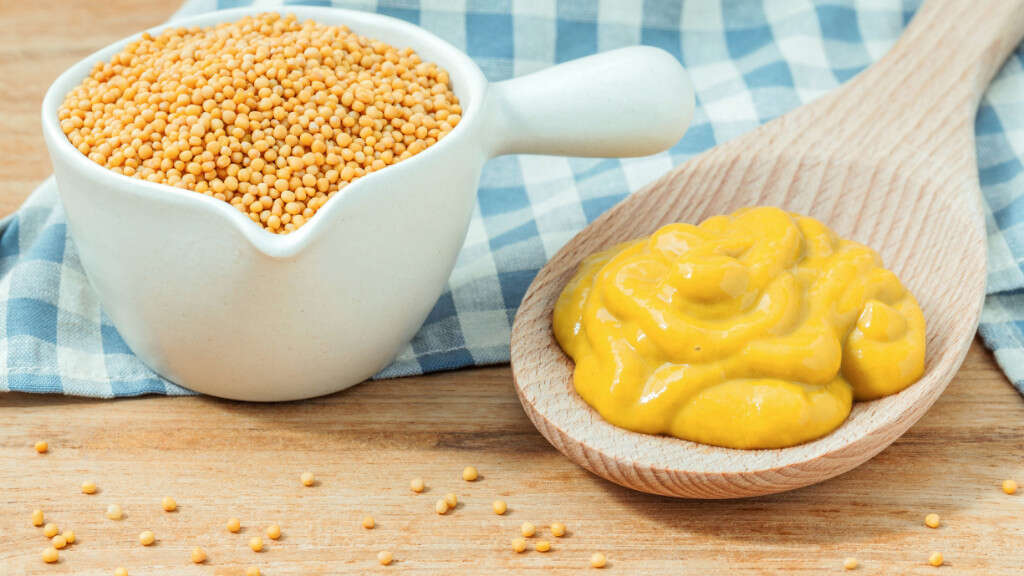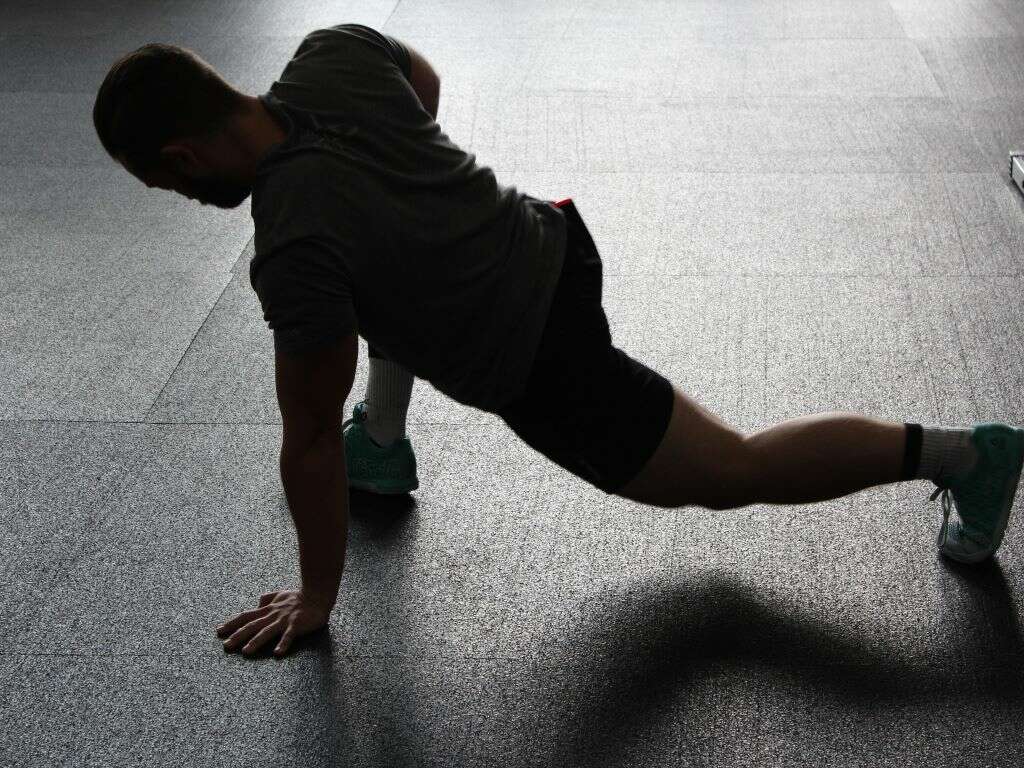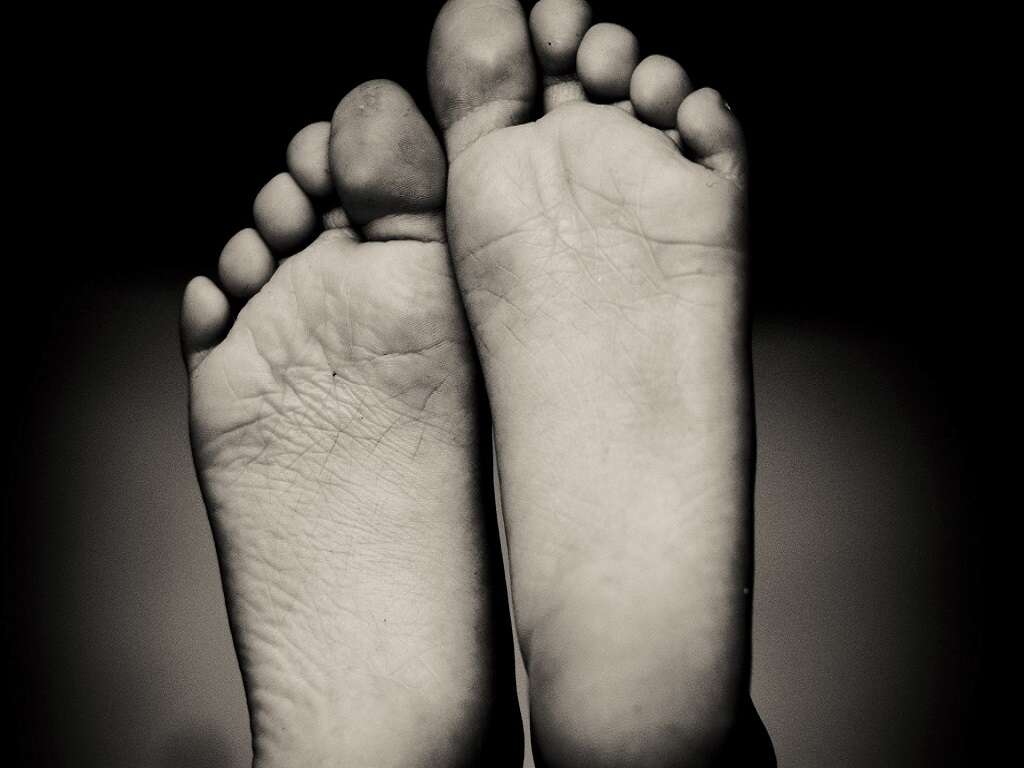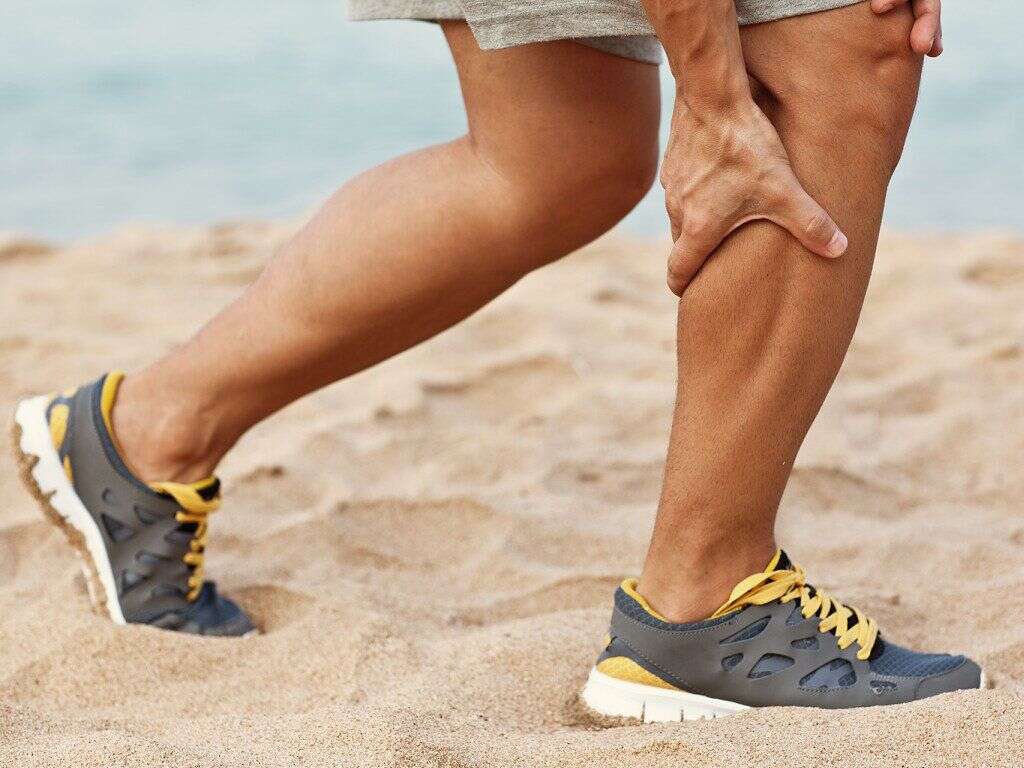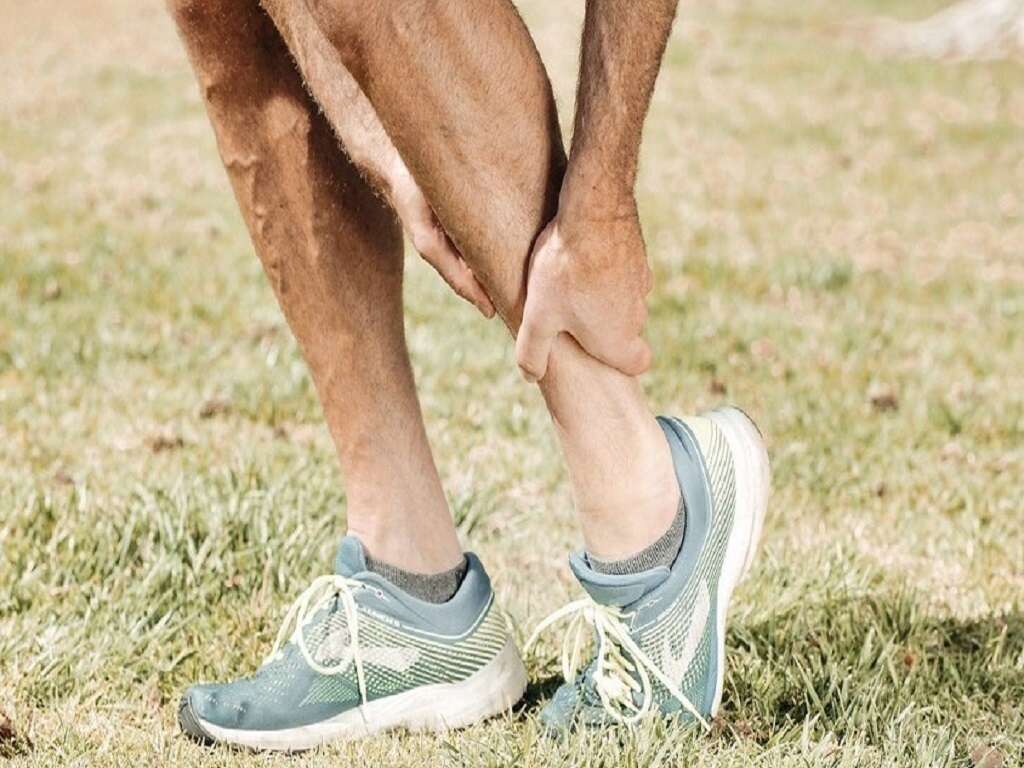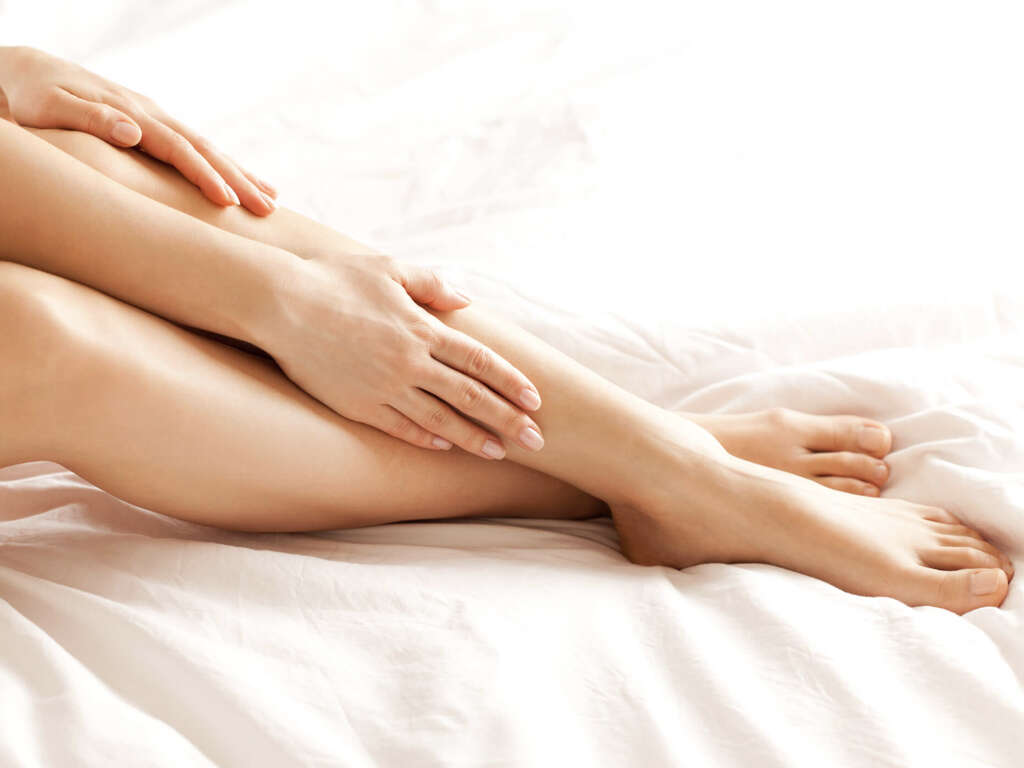10 Home Remedies For Leg Cramps
Many people get leg cramps, also known as muscle cramps or charley horse. This is a very painful experience that can rob you of comfort and make life miserable. Leg cramps can happen at night when you are asleep, as well as during or after exercise.
Electrolyte imbalance is the main cause of leg cramps. This means that you can help prevent or reduce leg cramps by ensuring that your diet provides all the minerals that you need. You should also ensure that you take adequate water every day and engage in practices that keep your body physically active without overdoing it.
There are many ways in which you can reduce the risk of leg cramping or help your body to deal with them. These include the following 10 home remedies for leg cramps.
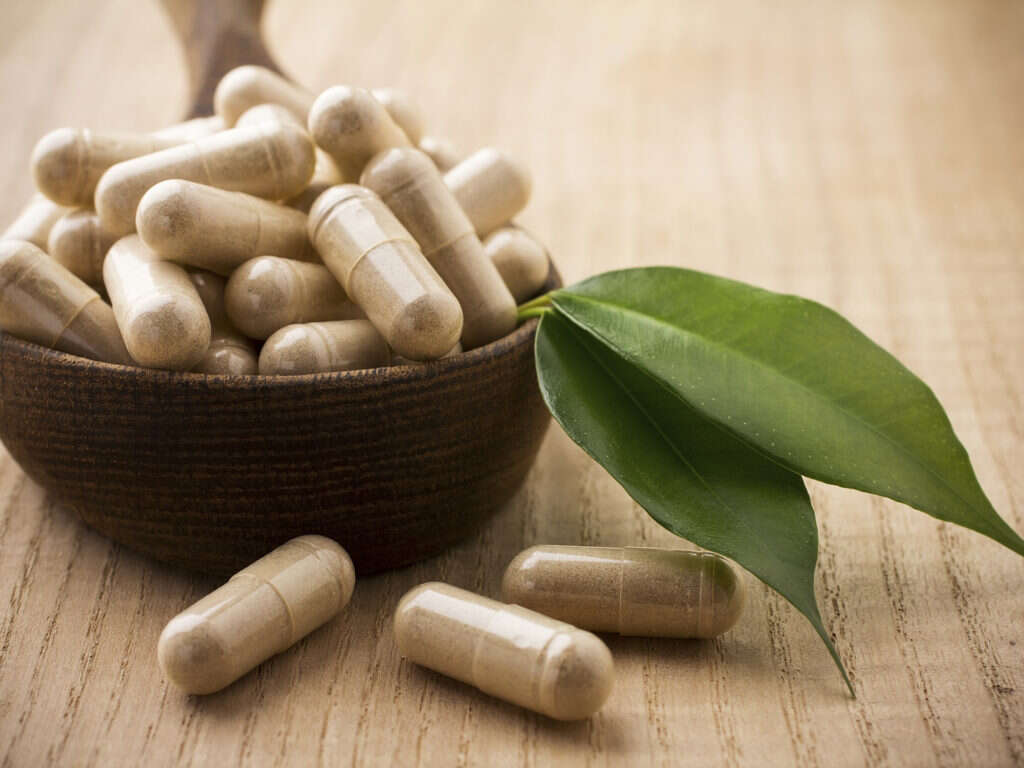
Home Remedy #1: Epsom Salt Foot Bath
Epsom salt foot bath has been used for ages as a remedy for leg cramps. The salt contains magnesium, an important electrolyte that helps to promote healing and muscle relaxation, and thereby reduce the discomfort caused by leg cramps. If you want to prevent magnesium deficiency, you can take regular Epsom salt foot baths.
Epsom salt also helps to soothe muscles, detoxify your body, and ease stress. If you experience tightness in your neck or back, Epsom salt provides the heat necessary to help you relax and ease the tension. To use Epsom salt as a home remedy for leg cramps, put warm water in your basin, add two cups of Epsom salt, then stir to dissolve. Soak your feet in the bath for about 20 minutes. Note that Epsom salt bath is not recommended for people who have diabetes, heart problems, or high blood pressure.
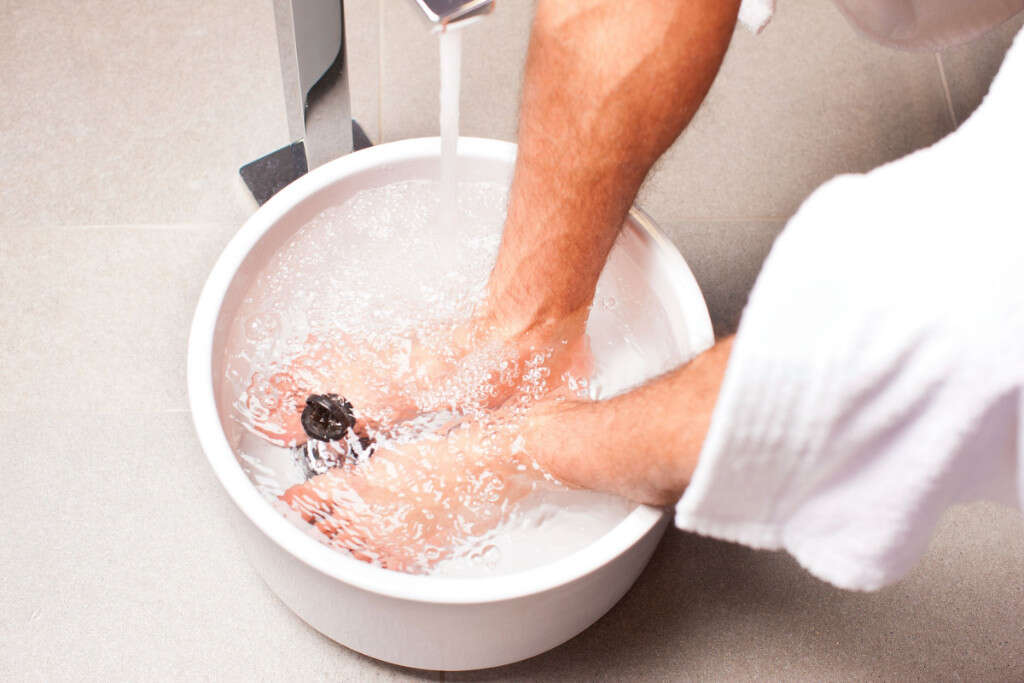
Home Remedy #2: Drink Lots of Water Especially before Working Out
Staying hydrated is one of the best home remedies for leg cramps. Dehydration can cause your muscles to cramp up and even spasm as they don’t have adequate water for lubrication. The best way to prevent dehydration is by drinking a lot of water throughout the day. You should also take enough water before you work out and continue sipping on water during long bouts of exercise or other physical activities.
Generally, 8 glasses of water per day provides good hydration. However, this is an average quantity. If you are large bodied, you need to take more water. You also need to take more water when working out and during hot weather. The color of your urine can show whether you are drinking enough water or not. Darker-colored urine indicates that you need to take more water, while light-colored urine shows that you are properly hydrated.

Home Remedy #3: Stretch or Walk
Whenever you have a leg cramp, try to remain physically active. One way of doing this is to do a bit of walking or stretching. Do this gently so that it does not aggravate the pain. While exercise may tend to start with a little pain, this is generally bearable and will soon ease as you keep at it.
When you take a walk or do some stretching, your nerves convey signals to your brain to indicate that your muscles should contract and relax. This eventually provides you with relief from the discomfort as the cramping eases and your muscles relax. To ease a leg cramp, you can stretch for about 15 to 30 seconds, or go for a gentle walk. You can also make it a routine to stretch your muscles daily before you sleep.
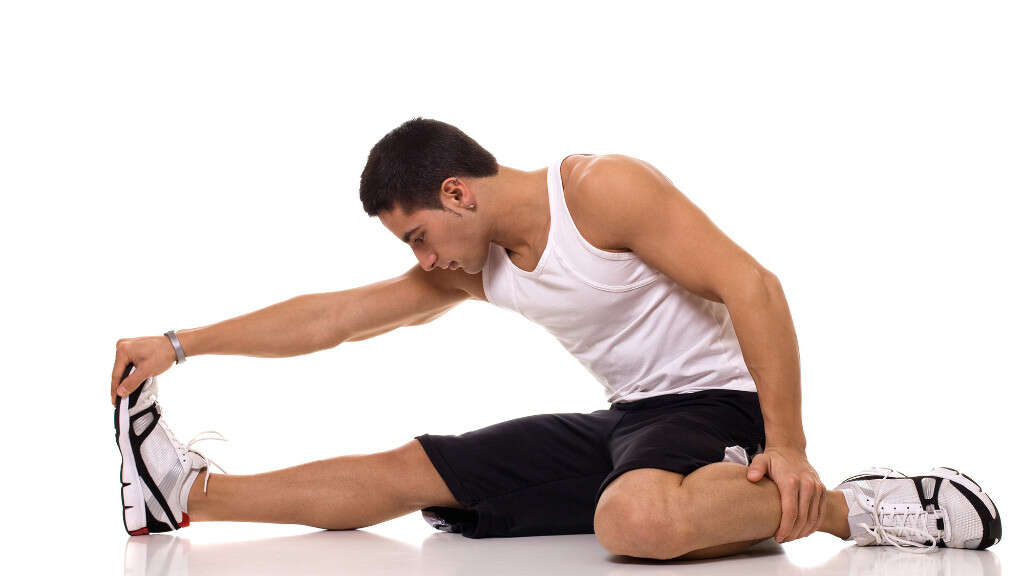
Home Remedy #4: Massage
Massage is another effective home remedy for leg cramps that you can perform on your own or have someone do it for you. Whenever you encounter leg cramps, try massaging the affected part. This helps the tense muscles to relax because massaging increases circulation in the muscle tissue, which improves lubrication and eases cramping.
Note that massaging the cramping area will almost always cause some pain at the start. The pain, however, disappears after massaging for some time. To effectively massage the cramping legs, apply some coconut or olive oil. Continue massaging until it feels relaxed. Once cramping eases a bit, you can apply a warm towel to the affected area to keep it warm and relaxed.
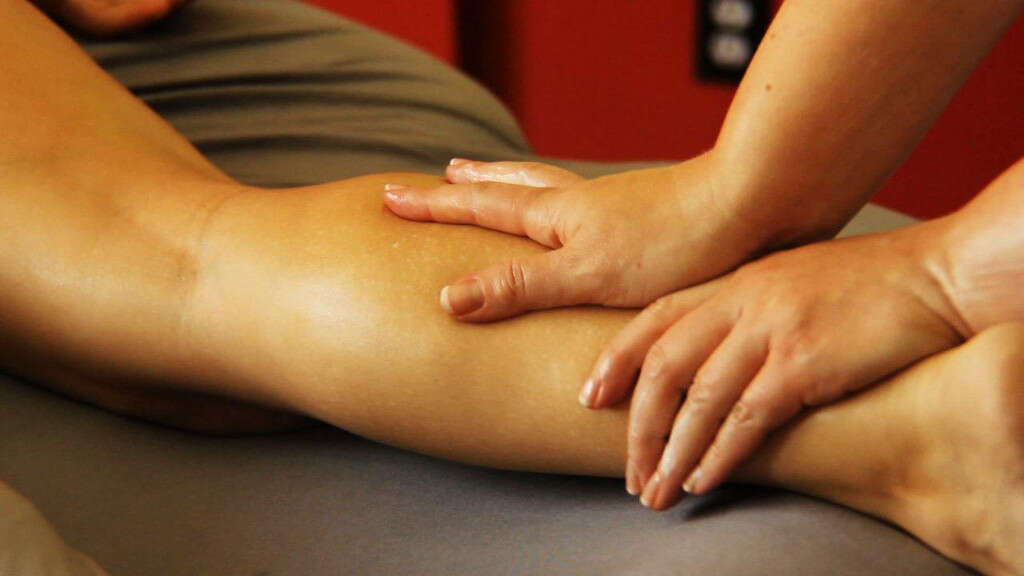
Home Remedy #5: Correct Your Posture
Bad posture whether during your working time, when walking, or exercising can be the culprit for your leg cramps. You should, therefore, correct it immediately. In fact, correcting your posture may be the only home remedy for leg cramps that you need.
If you are always hunched over for hours daily, or have another posture issue during exercise, you need to work on it. Besides leg cramps, bad posture can cause muscle pain and muscle spasms in other parts of the body including the neck and the spine. Your neck muscles can also be weakened if you’re always slouched. If you suspect that you may have poor posture but you can’t identify it, ask a friend to help you. In some instances, you may need a chiropractor or physical therapist to help you adjust your posture.
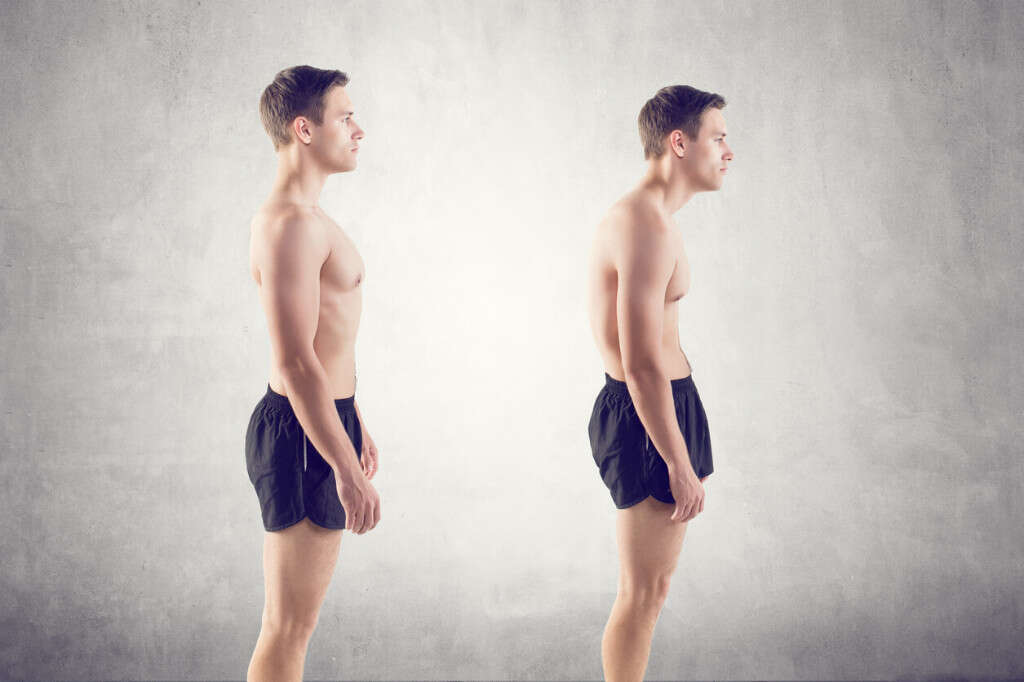
Home Remedy #6: Magnesium Supplement
Your muscles require magnesium to function properly. This is in addition to other minerals like potassium and calcium. The minerals provide the electrolyte necessary for muscle function. Many cases of leg cramping are linked to low magnesium. This means that supplementing with magnesium can be the home remedy for leg cramps that you need. Pregnant women especially should take magnesium supplements to help them treat muscle cramps and prevent recurrence.
Magnesium helps with the prevention of cramps because it stimulates calcium reuptake, which helps to strengthen muscles. Magnesium also helps the body to absorb potassium efficiently, which enables muscles to function properly. If you get recurrent leg cramps, request for a test to determine your magnesium levels. Besides magnesium supplements, you can increase your magnesium intake by including magnesium-rich foods such as pecans, beans, and avocados in your diet.
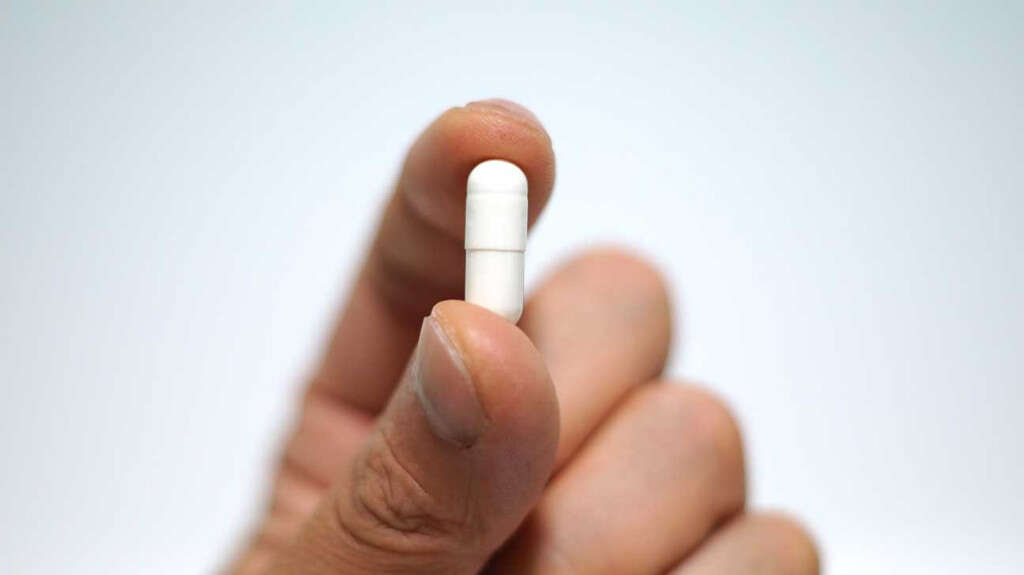
Home Remedy #7: Potassium Supplement
Leg cramps can also be brought about by low potassium in the body. Potassium is an electrolyte that works closely with sodium to ensure that the proper balance in electrical charges in muscle cells is maintained. Proper potassium and sodium electrolyte mix is required for contraction and relaxation of muscles. When your body is low in potassium, leg cramps occur because muscular contractions are not well coordinated.
To overcome leg cramps resulting from low potassium, ensure that your diet contains adequate potassium. Potassium-rich foods include broccoli, pork, fish, lamb, dates, apricots, cabbage, oranges, and bananas among others. To find out if you are low in potassium, consult your doctor and request for electrolyte tests.

Home Remedy #8: Apple Cider Vinegar
Apple cider vinegar is one more of the popular home remedies for leg cramps. Apple cider vinegar contains various minerals including potassium, which your body requires for proper muscle function. Apple cider vinegar can also help reduce the pain caused by leg cramps. Apple cider vinegar can also help prevent dehydration in your body—one of the causes of leg cramps. Apple cider vinegar helps prevent dehydration by controlling body fluid balance.
To take apple cider vinegar for muscle cramps, add one tablespoon of apple cider vinegar to a glass of warm water, stir, and drink. As a preventive measure, take a glass of warm water, add one tablespoon each of honey, apple cider vinegar, and calcium lactate. Drink the solution every day before you sleep.

Home Remedy #9: Warm and Cold Compresses
Applying warm or cold compresses in the area affected by leg cramps can help reduce the inflammation brought about by leg cramps. The compresses also reduce pain by helping the muscles to relax. You can apply heat to the affected area through a heating pad or warm towel. Maintain the warm compress in place for 3- to 5-minute sessions until you feel the pain reducing and the muscles relax.
A cold compress also works in a similar manner and helps to relax the muscles and ease pain caused by leg cramps. You can wrap ice in a towel or a piece of thick cloth and apply it to the affected area. Hold it there for a few minutes at a time and repeat until you get some relief. Alternatively, apply a towel soaked with cold water to the affected area.
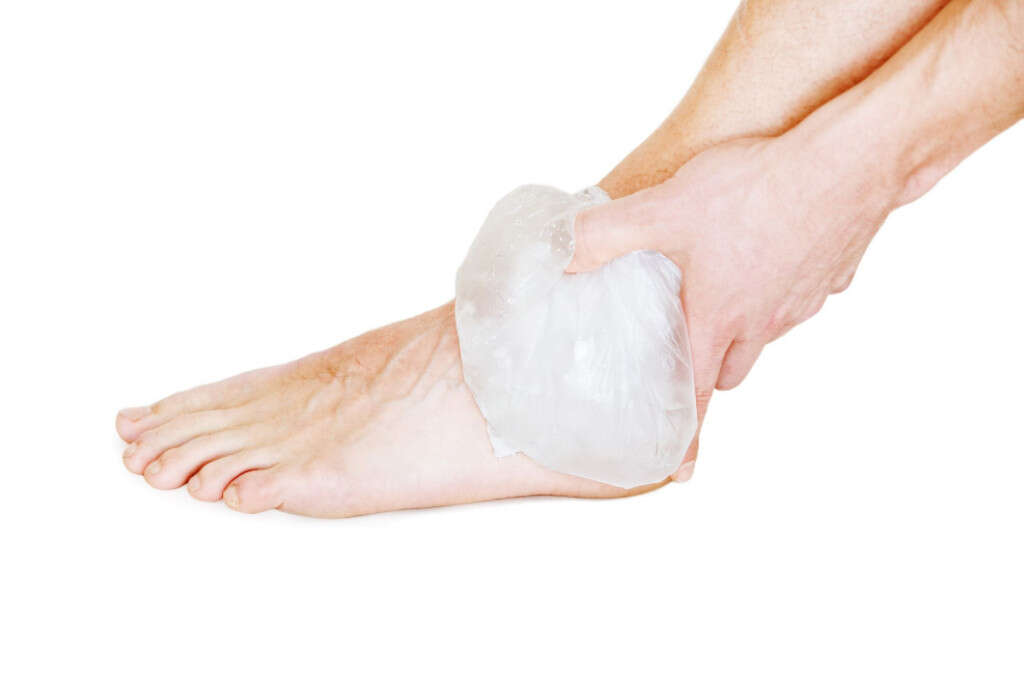
Home Remedy #10: Yellow Mustard
Although it might not make much sense to many, there is a large number of people who have reported that yellow mustard has helped them get relief from leg cramps. If you suffer from recurrent leg cramps, you should probably try yellow mustard.
It is not clear how yellow mustard really works, but there have been suggestions that its pungent taste helps to trigger neuronal stimulation that helps to regulate nerve functions. This influences the nerves that trigger leg cramps, which reduces the cramping. To use yellow mustard as a home remedy for leg cramps, take one teaspoon of the powder with a little water.
